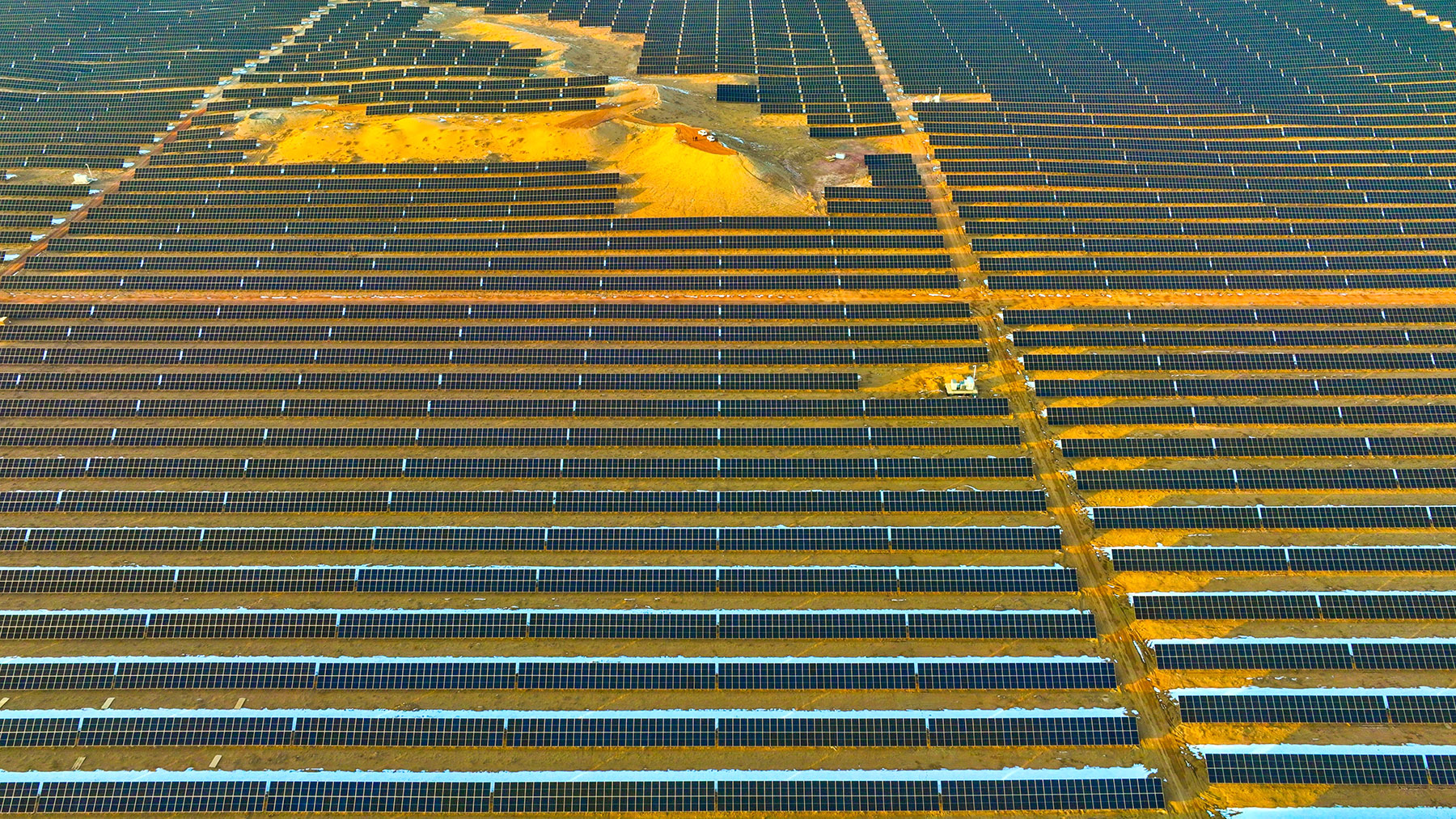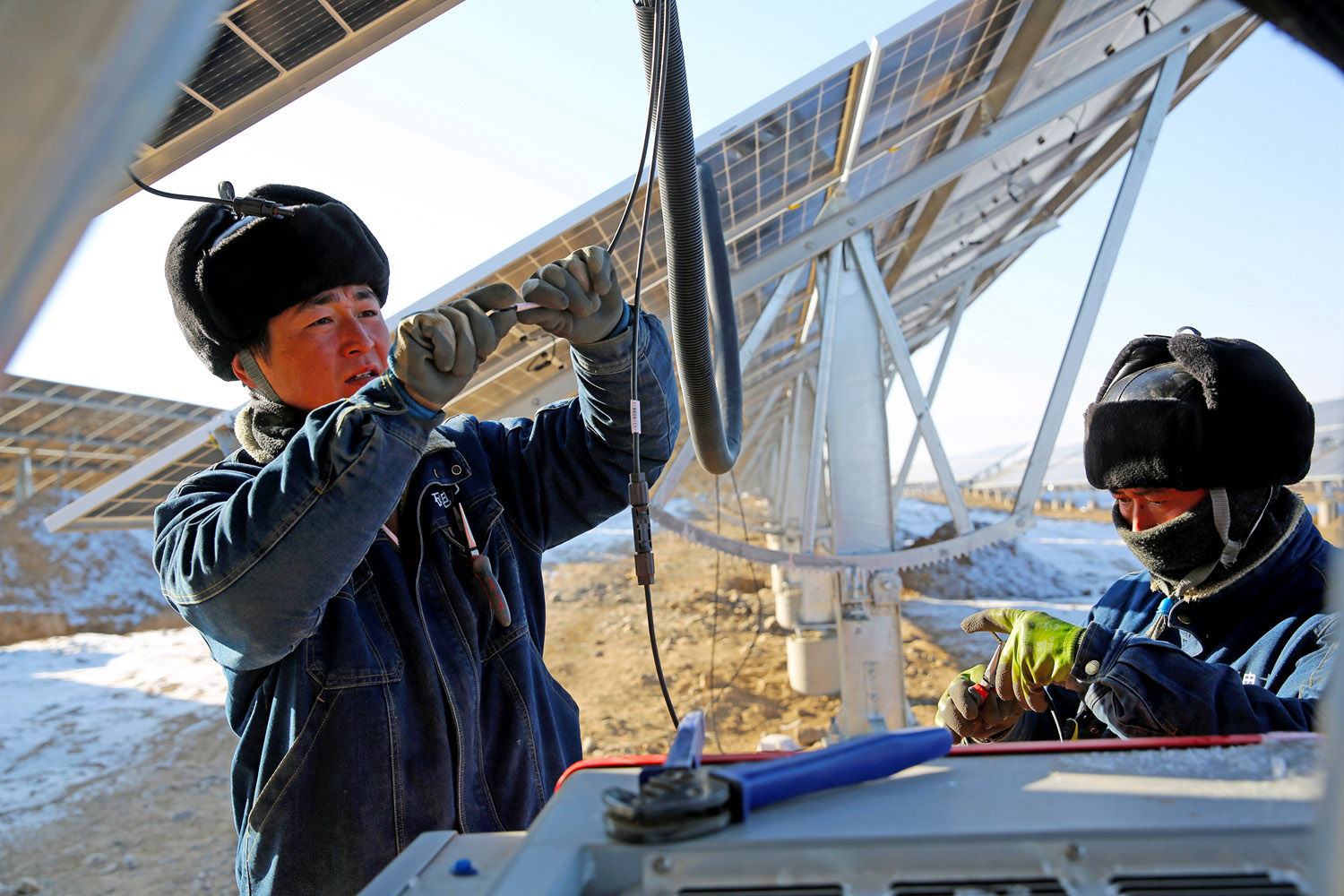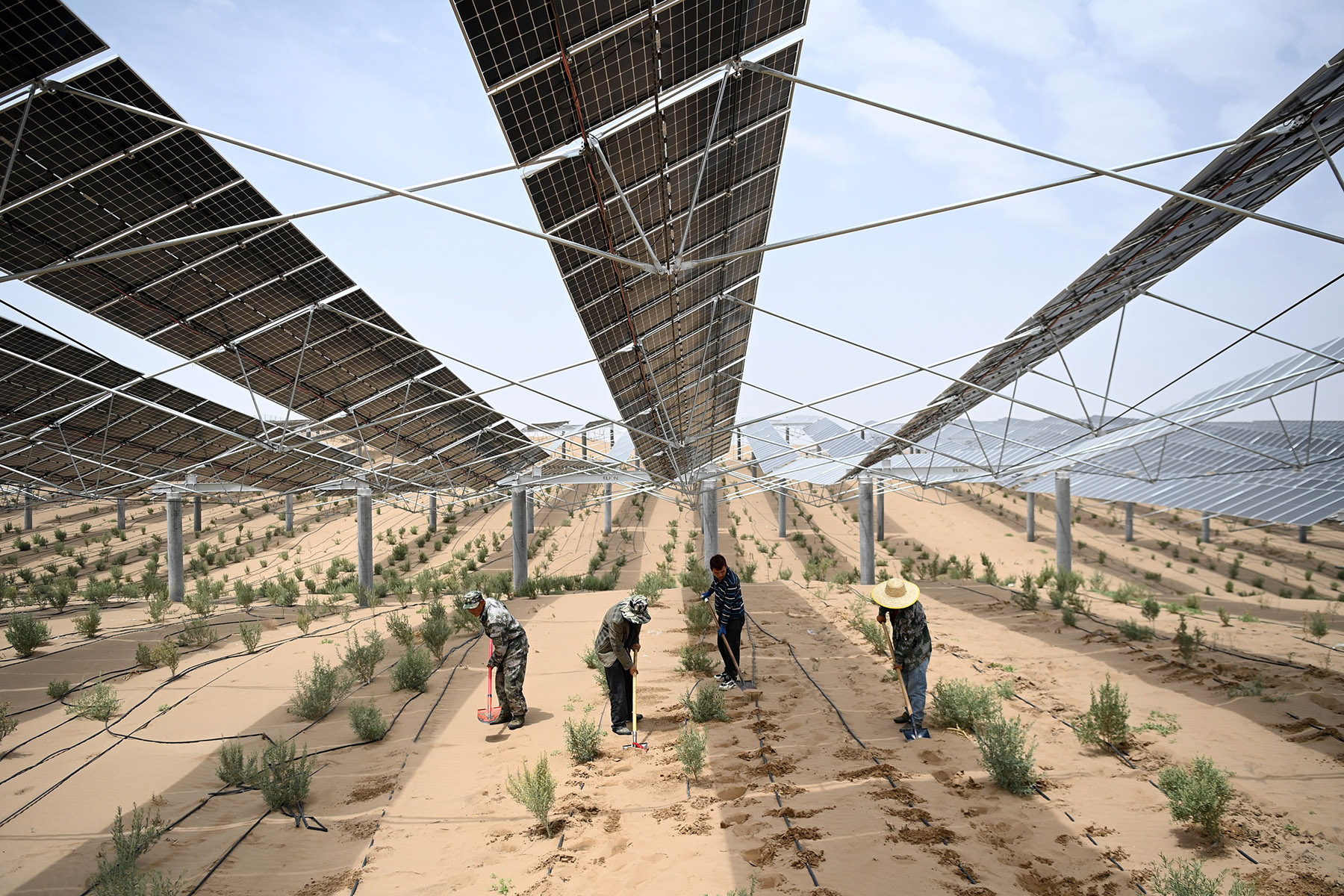Renewables account for 62% of province's power generation capacity
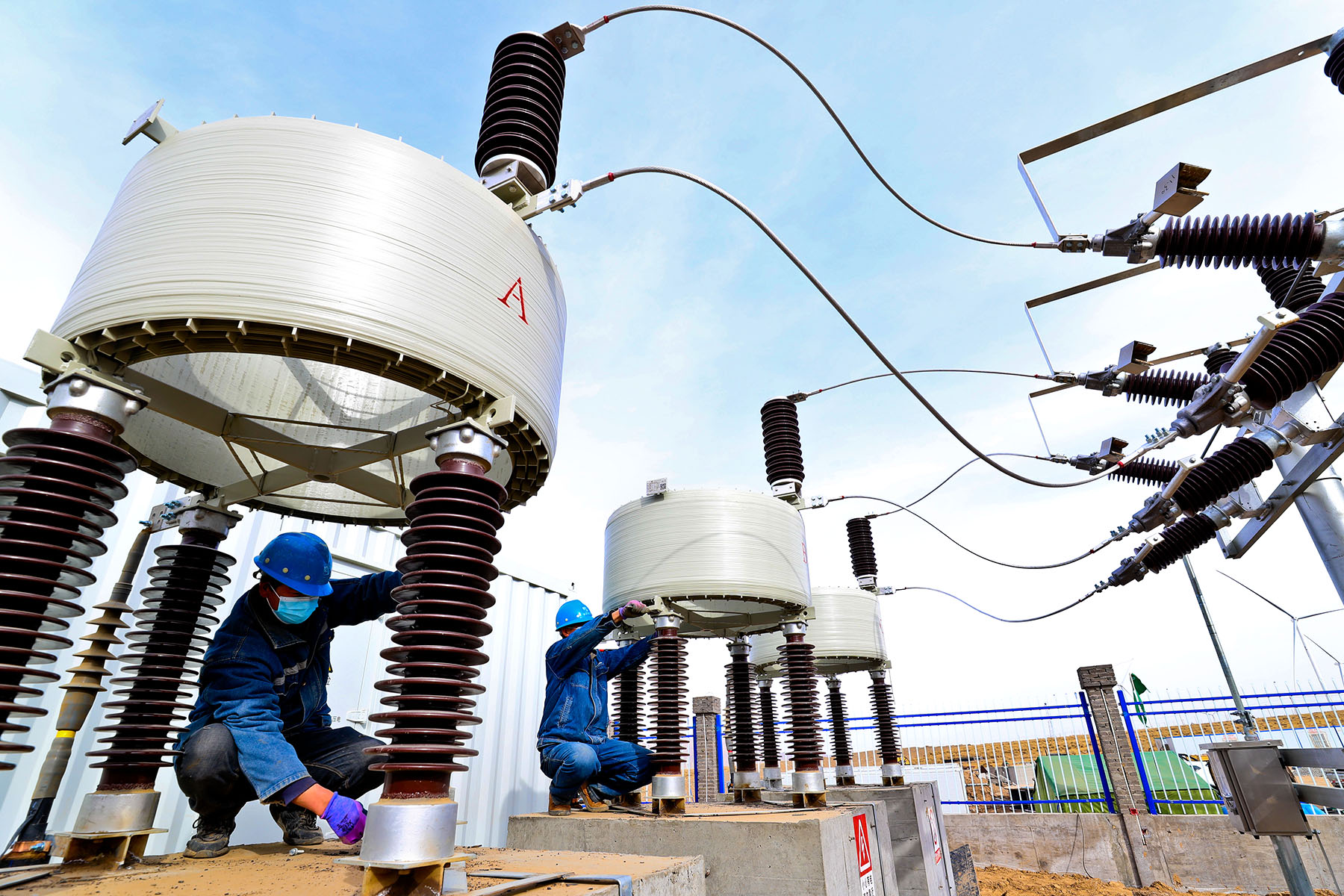
Editor's note: This year, the People's Republic of China will celebrate its 75th anniversary, marking a crucial year for achieving the goals and tasks outlined in the 14th Five-Year Plan (2021-25). China Daily is publishing a visual series focusing on the high-quality development of various fields, capturing the process of Chinese-style modernization through photographic images. This week, we are highlighting renewable energy development in Gansu province.
Seizing the opportunity of carbon reduction and green transition, Gansu province has emerged as a renewable energy powerhouse in recent years.
According to government statistics, the province's wind and photovoltaic energy development rank fourth and fifth, respectively, nationwide. A massive wind power generation base with an installed capacity of more than 10 million kilowatts is in operation in Jiuquan, in addition to four 1-million-kW photovoltaic power bases.
READ MORE: Report: Renewables provided record 30% of global electricity in 2023
Against the backdrop of managing carbon emissions, the province's green energy initiatives have created energy exports and optimized industrial structures, propelling the advancement of a new industrial era.
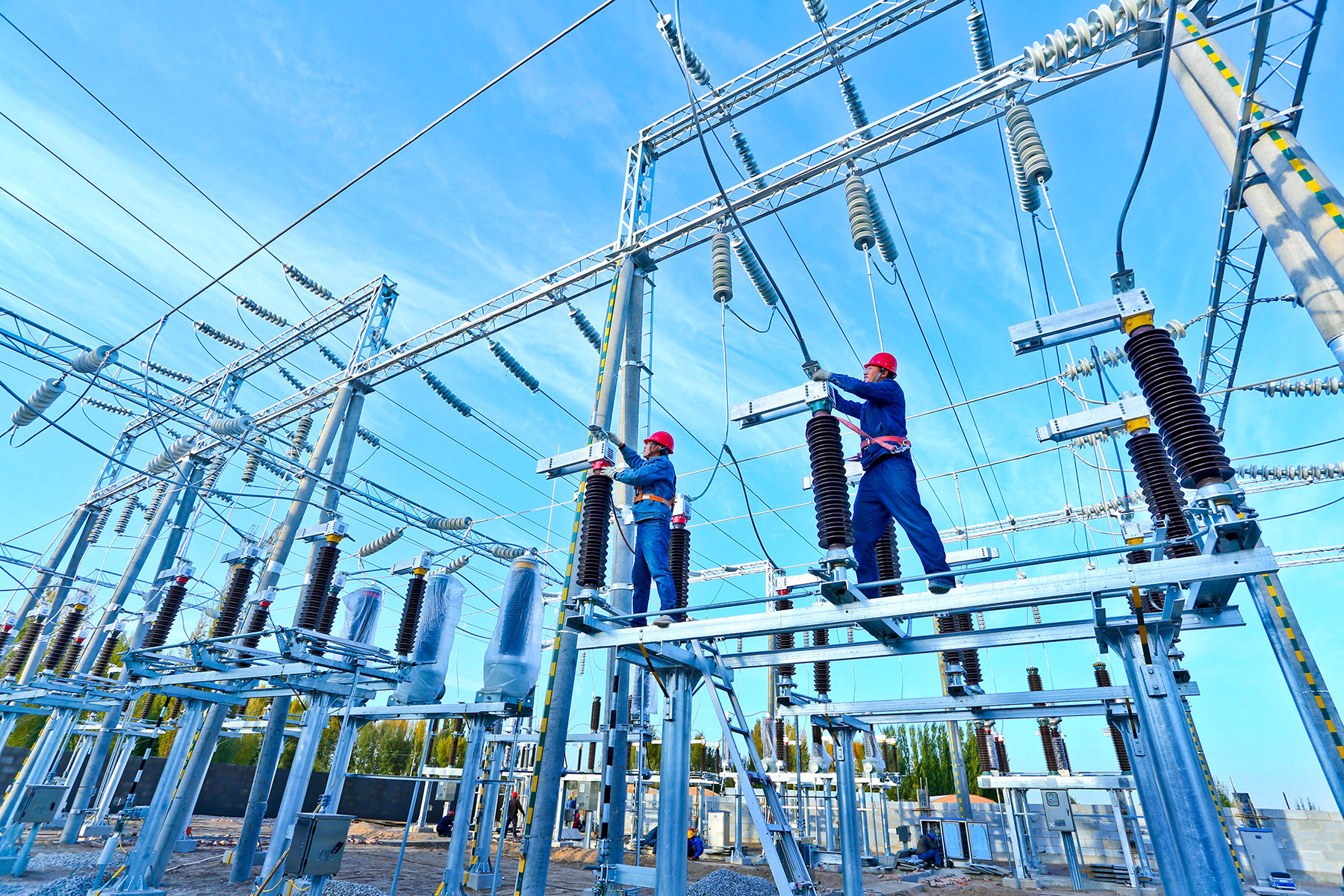
With the accelerated progress of the "dual carbon" strategy — peaking carbon dioxide emissions before 2030 and achieving carbon neutrality before 2060 — the power grid in Gansu is now a major node in Northwest China and a main conduit for transmitting power from China's west to its east.
As of the end of May, Gansu's total installed power capacity had reached 91 million kW, with renewable energy accounting for 56.3 million kW, or nearly 62 percent of the total capacity. This proportion of renewable energy in the power generation mix ranks second in the nation.
ALSO READ: Offshore manufacturing critical
This year as of the end of May, the province's renewable energy output reached 33.4 billion kilowatt-hours, representing 36.8 percent of the total electricity generated. Gansu transmits electricity to 25 provincial-level regions in China, solidifying its status as a key player in driving the country's transition toward a greener energy landscape.

